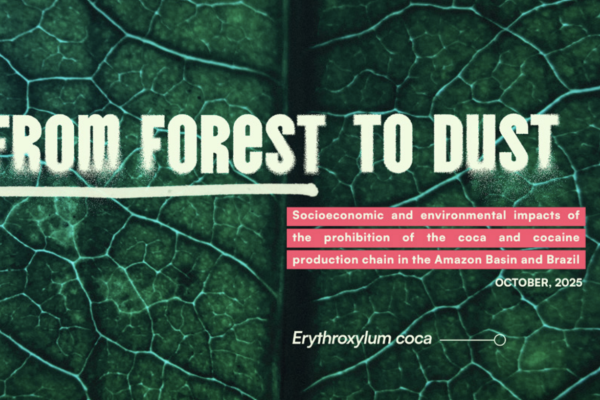26th July 2023
This blog makes the case for the legalisation and regulation of drugs and explains how it can protect young and vulnerable people in our communities. This piece is an edited extract of Transform’s Debating Drugs guide, which addresses common concerns about the legal regulation of drugs including:
Crime and security
Health and human rights
Rather than protecting young and vulnerable people, the so-called ‘drug war’ (prohibition) has placed them at ever-greater risk of: the potential harms of drug use; being caught up in drug-related violence; and the chaos of a supply chain controlled by organised crime. We want a market legalised and regulated by responsible government authorities, combined with the redirection of enforcement spending into proven health and prevention programmes aimed at young people.
Legal regulation prevents young people from accessing drugs
Prohibition has proven highly ineffective at restricting young people’s access to drugs
Effective legal regulation, which includes age restrictions, can limit young people’s access to drugs
We should obviously do all we can to prevent young people from taking drugs. However, if minors do obtain legal drugs intended for adult use, they are at least better protected because the drugs are quality-controlled and come with dosage and health and safety information – as legal pharmaceuticals do now
Criminal production and supply maximises the dangers associated with drug use by encouraging young people to consume risky products in risky environments
The UN Convention on the Rights of the Child calls for the protection of children
The UN Convention on the Rights of the Child calls for the protection of children, not punishment and criminalisation. Prohibition is at odds with the UN’s emphasis on protecting human rights and health, and it is these considerations that should shape the development of drug policy
For those young people caught using drugs, criminalisation can restrict their life chances and further marginalise and endanger them
Legal regulation will allow effective health and education messaging on the dangers of drugs
It is not the job of the criminal justice system to send messages on public health, and when it has tried to, it hasn’t worked
Savings from enforcement budgets and tax revenue from legally regulated drug sales could be used to fund more effective, targeted drug education programmes
Legal regulation gives us control over packaging, vendors and outlets and ensures far better opportunities to send messages about the risks of drug use
The decline in tobacco use in many countries [1] demonstrates that the threat of criminalisation isn’t necessary to make people aware of the risks of drug use. Stricter regulation and better health education are more effective and humane ways of encouraging people to make healthier lifestyle choices
Legal regulation reduces the risk to the most vulnerable and marginalised in society
Prohibition actively fuels the marginalisation of vulnerable people. It is a policy that stigmatises and discriminates against people who use drugs, people with lower socio-economic status, communities of colour, women and young people.
Despite the fact that Black people and white people use drugs at almost identical rates, Black people are drastically more likely to be arrested, prosecuted and incarcerated for drug offences [2, 3]
While people living in poverty are no more likely to use drugs than the rest of the population, people with lower socio-economic status are far more likely to experience harms as a result of their drug use [4]
For more insight into legal regulation, please see our Debating Drugs guide.
References
For example, the adult smoking rate in England was 20% in 2010, compared to 39% in 1980. Health and Social Care Information Centre (2013) ‘Statistics on Smoking: England, 2013’. http://www.hscic.gov.uk/catalogue/PUB11454/smok-eng-2013-rep.pdf
Human Rights Watch (2009) ‘Decades of Disparity: Drug Arrests and Race in the United States’. http://www.hrw.org/sites/default/files/reports/us0309web_1.pdf
Release (2013) ‘The Numbers In Black And White: Ethnic Disparities In The Policing And Prosecution Of Drug Offences In England And Wales’. http://www.release.org.uk/publications/numbers-black-and-white-ethnic-disparities-policing-and-prosecution-drug-offences
Hannon, L. and Cuddy, M. M. (2006) ‘Neighborhood ecology and drug dependence mortality: an analysis of New York City census tracts’, American Journal of Drug and Alcohol Abuse, vol. 32, no. 3, pp. 453-63. http://www.ncbi.nlm.nih.gov/pubmed/16864473




